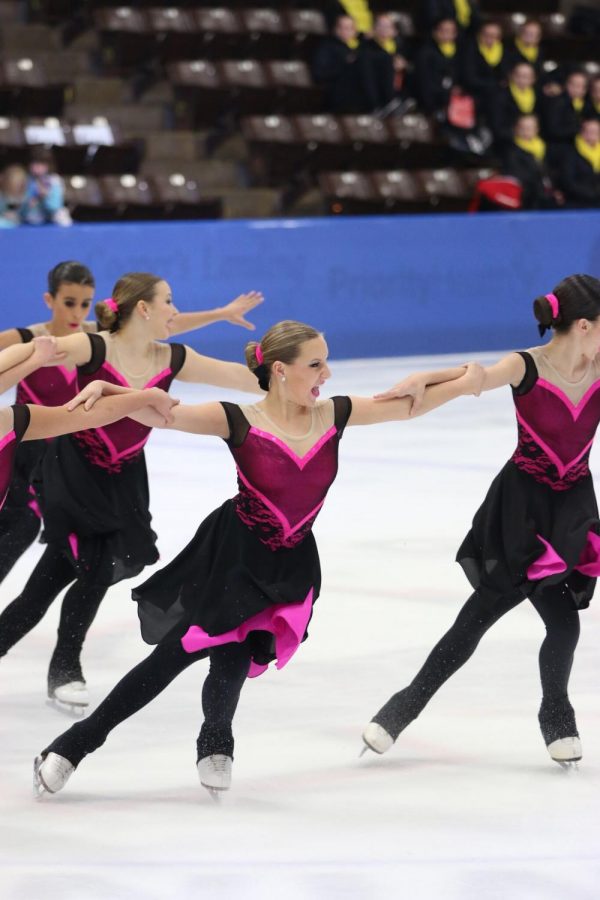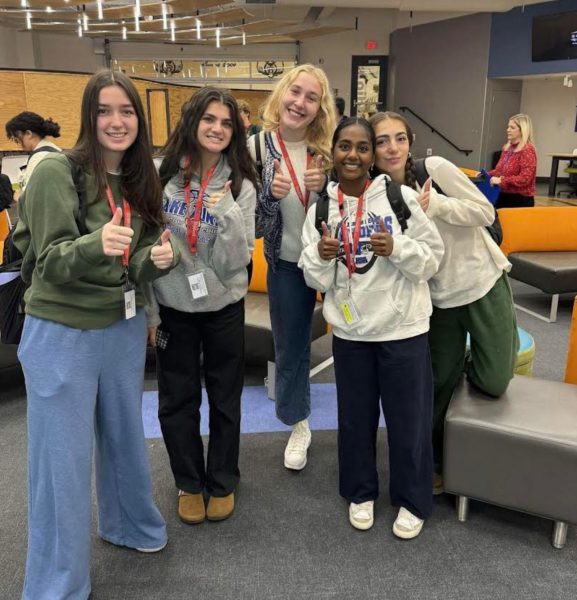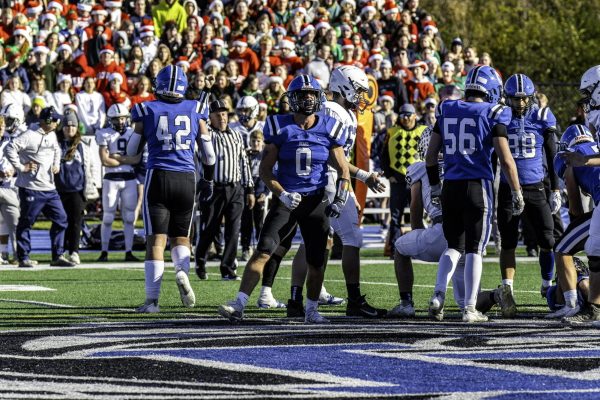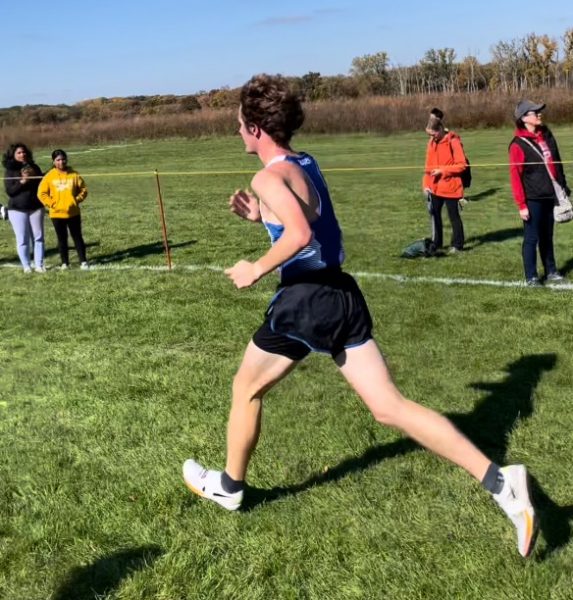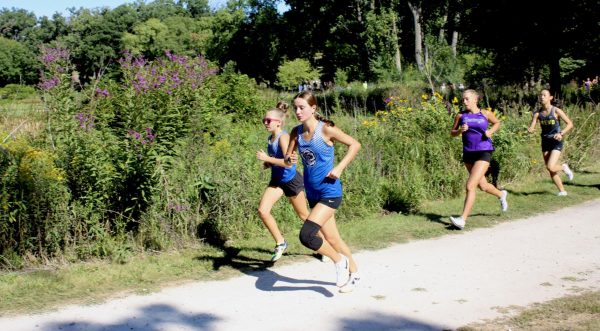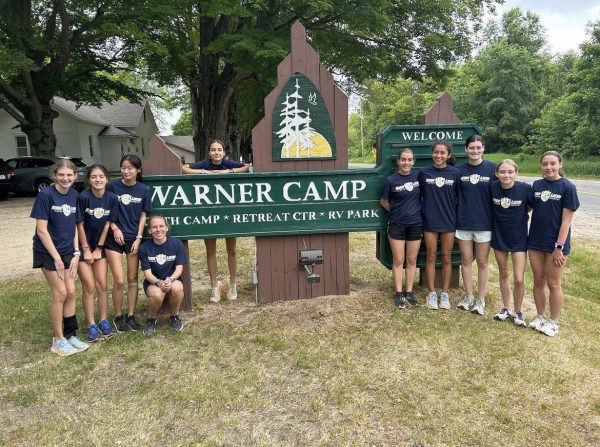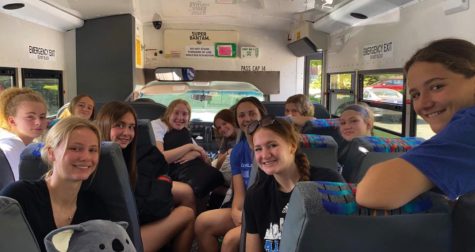Opportunities and obstacles : The issue of practicing off campus
Swimming, Gymnastics, Bowling, and Golf, all of these are recognized Lake Zurich High school athletic teams. However, on campus, they have nowhere to practice. For some of these students, it takes 30 minutes to an hour to get from home to practice, adding on to the amount of hours they already practice.
“I feel like having a facility definitely isn’t the end all be all of any sport, when you’re think of a sport if you have a facility or if you don’t it doesn’t affect your performance. It’s just how you use the facility you’re given and your attitude when you do it.”
— Michaella Gregoire, freshman gymnast.
While just making a facility for these athletes would solve this problem, a new facility can cost from $10,000 to $50,000, according to https://www.clubindustry.com. However because of this, athletes like Michaella Gregoire, freshman on the gymnastics team at Lake Zurich High School, have had to move around schedules, make long commutes and adjust to these difficulties.
“For gymnasts specifically, when you’re at the gym there is always going to be different classes going on and different levels of teams. So when you are in the gym, you have to share equipment and work your schedule around other people in the first place,” Gregoire said, “At USGTC you have a set schedule that you have to stick to because you’re out second to the actual team. They have their own meets and different teams that have to get things done too so when you need to go to put their like ‘we need to have the vault because we have a meet this weekend’ so you kinda need to work around that.”
Sharing and shifting schedules is not something new to Cori Robinson, junior figure skater who practices at Twin Rinks a facility located in buffalo grove. Due to the fact that the facacity if off campus, weird practice starts and ends allow for more time to practice, Robinson said.
“I feel like it depends on what sport you’re doing, outside or inside school, I have practice multiple times a week,” Robinson said. “Usually [practice] would be on Sunday mornings where we would have to be on the ice at 6 am. Sots a lot of more early practices than a lot of sports at this school. [Along with] a lot of late night practices too.”
Many different teams also practice in these facilities, according to Gregoire, because of this, there are coaches and athletes alike sharing a gym. However, due to IHSA rules, club coaches cannot interfere with the high school teams practice.
“Club coaches aren’t supposed to interfere with the high school team, IHSA rules say they’re not really allowed to coach us,” Gregoire said. “So when I’m at USGTC you’ll get the occasional “it would help you if you did this” but [its so small that it] doesn’t really affect you. High school minds their own business and club minds their own business.”
Time can also be a huge disadvantage especially for athletes like Cooper Giles, senior gymnast, who spends 20 hours a week at a facility an hour away from his house. His commute often affects his school work and his time after school.
“I get to practice about an hour early to do homework. Then I’ll go into practice about 15 minutes early do some rehab and therapy. Then usually before an event we do visualizations. [When you’re in another facility] you’re kinda in a set schedule. There’s a lot of preparation and a lot of work that goes into it“
While many can see this as a set back, often these disadvantages can be seen as a positive, Gregoire said. It’s your attitude when facing these problems that shows character and really gives you a good experience, Gregoria said.
“I feel like having a facility definitely isn’t the end all be all of any sport, when you’re think of a sport if you have a facility or if you don’t it doesn’t affect your performance,” Gregoire said. “It’s just how you use the facility you’re given and your attitude when you do it. If you look past that and say ‘oh my god this is awesome I get to meet more people than just my team’.”
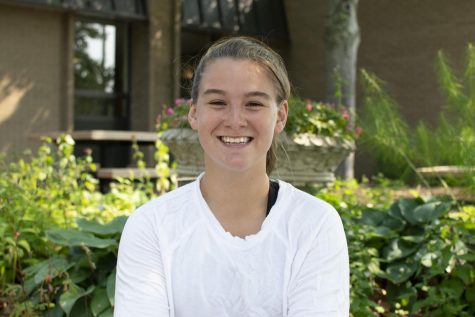
This is Marissa's first year on staff and second year in the journalism program. As a sophomore, Marissa likes to take long walks to the fridge and spends...

